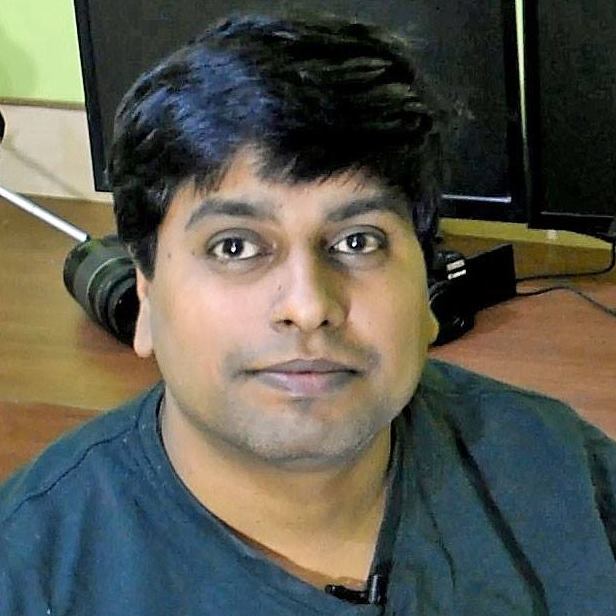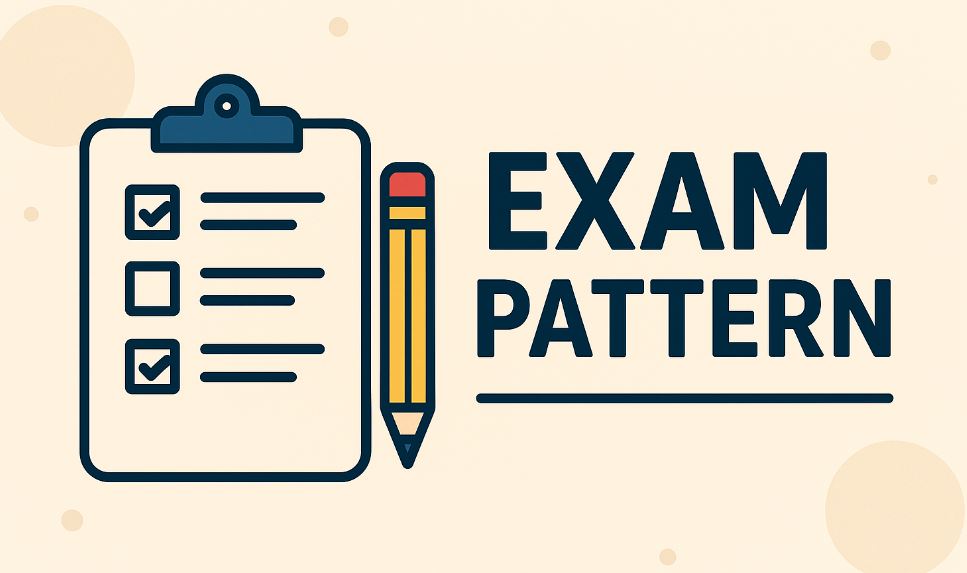Are you gearing up for the SSC MTS 2026 exam? The Staff Selection Commission Multi-Tasking Staff (SSC MTS) exam is a golden opportunity for candidates seeking Group C non-gazetted, non-ministerial posts in various central government departments. With thousands of vacancies expected, understanding the SSC MTS exam pattern 2026 is crucial for effective preparation. In this comprehensive guide, we’ll break down the latest exam pattern, syllabus, marking scheme, and more to help you ace the test. Whether you’re a first-time aspirant or looking to improve your strategy, this post has everything you need.
What is the SSC MTS Exam?
The SSC MTS exam, conducted by the Staff Selection Commission (SSC), recruits candidates for roles like Peon, Daftary, Jamadar, Junior Gestetner Operator, Chowkidar, Safaiwala, Mali, and others. It’s a national-level exam open to candidates who have passed Class 10 or equivalent. For 2026, the exam continues to follow a streamlined format introduced in recent years, focusing on a single Computer-Based Examination (CBE) divided into two sessions. Additionally, candidates applying for Havaldar posts must clear a Physical Efficiency Test (PET) and Physical Standard Test (PST).
Key highlights for SSC MTS 2026:
- Mode of Exam: Online (Computer-Based Test)
- Languages: Hindi, English, and 13 regional languages
- Eligibility: Age 18-25 years (relaxations apply); Matriculation or equivalent qualification
SSC MTS Exam Pattern 2026: Detailed Breakdown
The SSC MTS 2026 exam pattern is designed to assess candidates’ basic skills in reasoning, numerical ability, language, and general awareness. Unlike earlier formats, there’s no descriptive paper—it’s now a single-tier CBE with two mandatory sessions. If a candidate attempts only one session, their candidature will be disqualified. The total duration is 90 minutes, with no break between sessions.
Here’s a quick overview in table format for easy reference:
| Aspect | Session I | Session II |
| Subjects | Numerical & Mathematical Ability, Reasoning Ability & Problem Solving | General Awareness, English Language & Comprehension |
| No. of Questions | 40 (20 per subject) | 50 (25 per subject) |
| Maximum Marks | 120 (60 per subject) | 150 (75 per subject) |
| Duration | 45 minutes | 45 minutes |
| Negative Marking | None | 1 mark deducted per wrong answer |
- Total Questions: 90
- Total Marks: 270
- Question Type: Objective (Multiple Choice Questions)
- Marking per Question: 3 marks each
Session I: Focus on Quantitative and Reasoning Skills
This session tests your foundational math and logical thinking. There’s no negative marking, so attempt all questions confidently.
- Numerical and Mathematical Ability (20 Questions, 60 Marks): Covers basic arithmetic, algebra, geometry, and data interpretation.
- Reasoning Ability and Problem Solving (20 Questions, 60 Marks): Includes analogies, classification, series, coding-decoding, and non-verbal reasoning.
Session II: Emphasis on Knowledge and Language
This session evaluates your awareness and English proficiency. Be cautious, as negative marking applies.
- General Awareness (25 Questions, 75 Marks): Spans current affairs, history, geography, polity, economy, science, and static GK.
- English Language and Comprehension (25 Questions, 75 Marks): Focuses on grammar, vocabulary, sentence structure, synonyms/antonyms, and reading comprehension.
PET/PST for Havaldar Posts
Candidates shortlisted for Havaldar (CBIC and CBN) roles must undergo physical tests after the CBE:
- Physical Efficiency Test (PET):
- Male: 1600m walk in 15 minutes
- Female: 1 km walk in 20 minutes
- Physical Standard Test (PST):
- Male: Height 157.5 cm (relaxable by 5 cm for certain categories), Chest 76 cm (unexpanded) with 5 cm expansion
- Female: Height 152 cm (relaxable by 2.5 cm for certain categories), Weight 48 kg (relaxable by 2 kg)
Note: Relaxations apply for candidates from hilly areas, scheduled tribes, and other reserved categories.
Marking Scheme for SSC MTS 2026
- Scoring: Each correct answer awards 3 marks.
- Negative Marking: Applicable only in Session II (1 mark deduction per incorrect answer). No penalty for unattempted questions.
- Normalization: SSC normalizes scores if the exam is conducted in multiple shifts to ensure fairness.
- Qualifying Marks: Minimum 30% for General category, 25% for OBC/EWS, and 20% for SC/ST/PwD/ESM. Final merit is based on CBE performance.
SSC MTS Syllabus 2026: Subject-Wise Topics
To align your preparation with the exam pattern, here’s a concise syllabus overview. Focus on these topics for targeted study.
Numerical and Mathematical Ability
- Integers, Whole Numbers, Decimals, Fractions
- LCM/HCF, Ratios, Percentages, Profit/Loss
- Simple Interest, Time & Work, Time & Distance
- Mensuration (Area, Volume), Data Interpretation (Tables, Graphs)
Reasoning Ability and Problem Solving
- Similarities/Differences, Space Visualization
- Problem-Solving, Analysis, Judgment
- Decision Making, Visual Memory
- Relationship Concepts, Arithmetical Reasoning, Non-Verbal Series
General Awareness
- Current Events (National/International)
- History, Culture, Geography of India
- Economic Scene, General Polity, Indian Constitution
- Scientific Research, Sports, Books & Authors
English Language and Comprehension
- Basics of Grammar (Tenses, Articles, Prepositions)
- Vocabulary (Synonyms, Antonyms, One-Word Substitution)
- Sentence Improvement, Error Detection
- Reading Comprehension, Fill in the Blanks
Download the official SSC MTS syllabus PDF from the SSC website for a detailed topic list.
Preparation Tips for SSC MTS 2026
- Understand the Pattern: Practice with mock tests simulating the two-session format to build stamina.
- Focus on Weak Areas: Dedicate more time to Session II subjects due to negative marking.
- Daily Practice: Solve previous years’ papers and focus on speed for the 90-minute exam.
- Current Affairs: Read newspapers and use apps for daily GK updates.
- Physical Prep for Havaldar: If applying, incorporate walking/running into your routine.
- Time Management: Aim to complete Session I quickly to save energy for Session II.
With consistent effort, scoring above the cutoff is achievable. Start early and stay disciplined!
FAQs on SSC MTS Exam Pattern 2026
Q1: Is there any change in the SSC MTS exam pattern for 2026?
A: As per the latest updates, the 2026 pattern remains the same as 2025—a single CBE with two sessions, no descriptive paper.
Q2: What is the total duration of the SSC MTS 2026 exam?
A: The exam lasts 90 minutes, with 45 minutes per session.
Q3: Is negative marking applicable in both sessions?
A: No, negative marking (1 mark per wrong answer) is only in Session II. Session I has none.
Q4: How many questions are there in SSC MTS 2026?
A: There are 90 objective questions in total—40 in Session I and 50 in Session II.
Q5: What is the qualifying criteria for SSC MTS?
A: Candidates need at least 30% (General), 25% (OBC/EWS), or 20% (others) in the CBE. Merit is based on normalized scores.
Q6: Do I need to qualify PET/PST for all posts?
A: No, only for Havaldar posts in CBIC and CBN.
Q7: Can I attempt the exam in my regional language?
A: Yes, the exam is available in 15 languages, including Hindi and English.
Q8: How are scores normalized in SSC MTS?
A: SSC uses a normalization formula to adjust for difficulty variations across shifts.
This guide equips you with all the essentials for SSC MTS 2026 success. Bookmark this page for quick revisions, and best of luck with your preparation! Stay tuned for more updates on SSC exams.

Hi, I’m Varun Pathak, the founder of TheSarkariNaukri.com—a dedicated platform for the latest updates on government jobs (Sarkari Naukri) in India. With years of experience curating reliable information on job vacancies, admit cards, exam results, and preparation strategies, I help thousands of aspirants navigate the competitive world of public sector opportunities. Passionate about job security, career growth, and empowering freshers for roles like IAS, IPS, and PSU positions, I update the site regularly with actionable insights for 2025 and beyond. Let’s connect to turn your career dreams into reality!
